A comprehension worksheet for a poem from the Year 2 magazine (Issue 2).
This teaching resource is a comprehension worksheet for the magazine article ‘The Waterfall’ from the Year 2 magazine, ‘What’s Buzzing?’ (Issue 2).
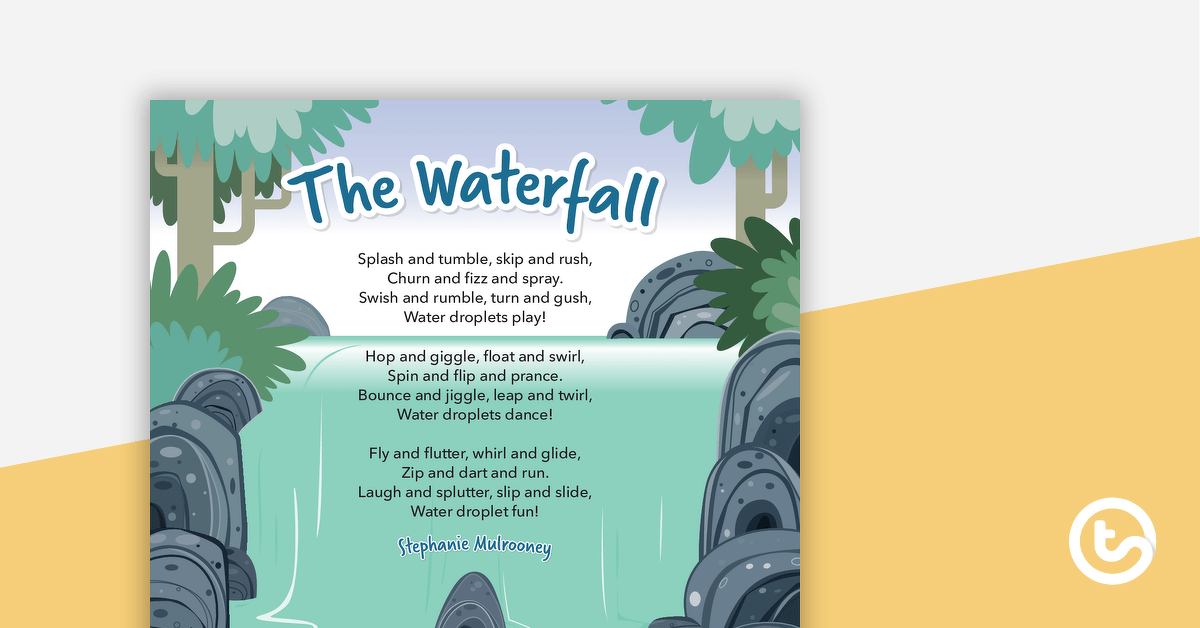

A comprehension worksheet for a poem from the Year 2 magazine (Issue 2).
This teaching resource is a comprehension worksheet for the magazine article ‘The Waterfall’ from the Year 2 magazine, ‘What’s Buzzing?’ (Issue 2).

We create premium quality, downloadable teaching resources for primary/elementary school teachers that make classrooms buzz!
Would you like something changed or customised on this resource? While our team makes every effort to complete change suggestions, we can't guarantee that every change will be completed.
Did you spot an error on this resource? Please let us know and we will fix it shortly.
Are you having trouble downloading or viewing this resource? Please try the following steps:
If you are still having difficulty, please visit the Teach Starter Help Desk or contact us .
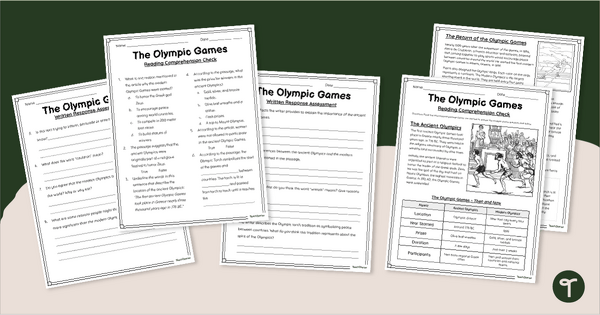
Encourage students to apply a range of comprehension and writing skills when finding out interesting fun facts about the Olympics with a printable reading comprehension task.
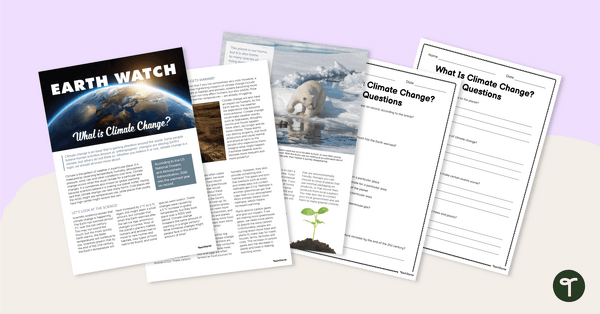
Teach your students about the perils of climate change with this comprehensive article with accompanying comprehension questions.
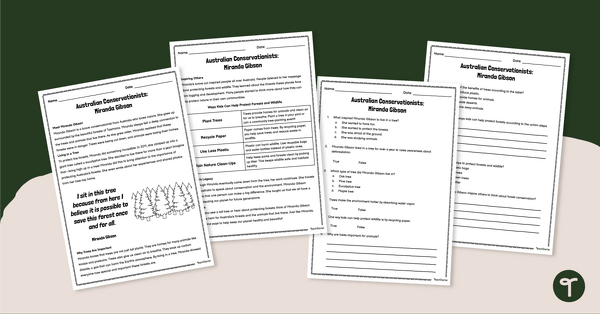
Learn about Miranda Gibson and her conservation work with this 2-page reading passage and accompanying comprehension questions.
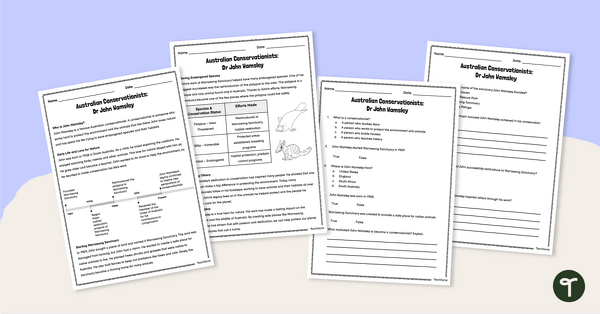
Learn about Dr John Walmsley and his conservation work with this 2-page reading passage and accompanying comprehension questions.
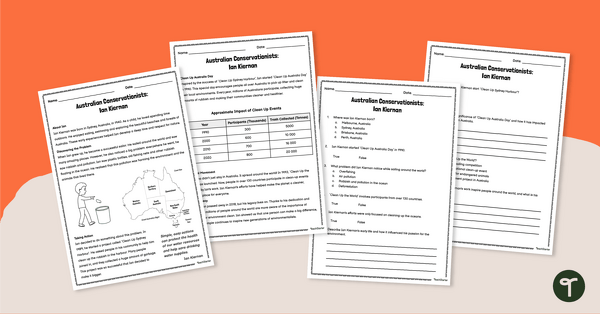
Learn about Ian Kiernan and his conservation work with this 2-page reading passage and accompanying comprehension questions.
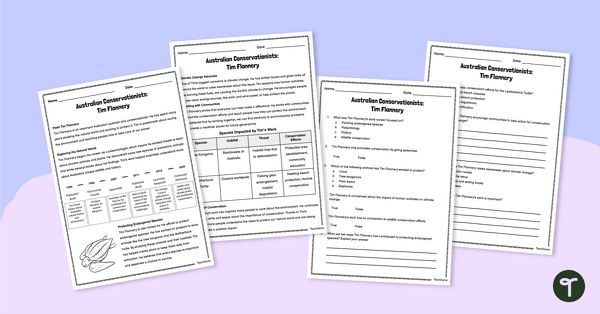
Learn about Tim Flannery and his conservation work with this 2-page reading passage and accompanying comprehension questions.
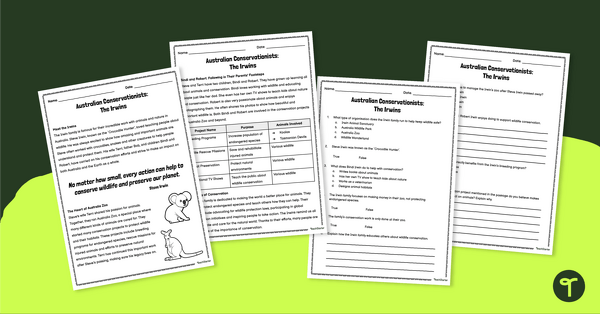
Learn about the Irwin family and their conservation work with this 2-page reading passage and accompanying comprehension questions.
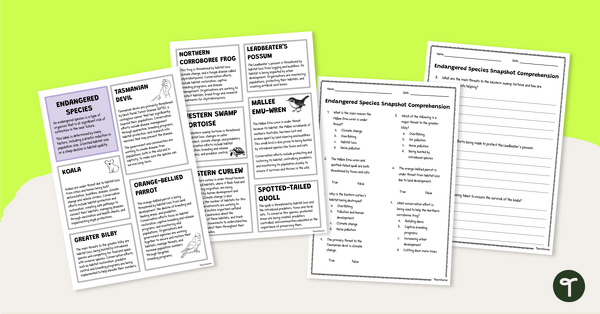
Explore some Australian endangered species with your students using this set of reading passages with comprehension questions.
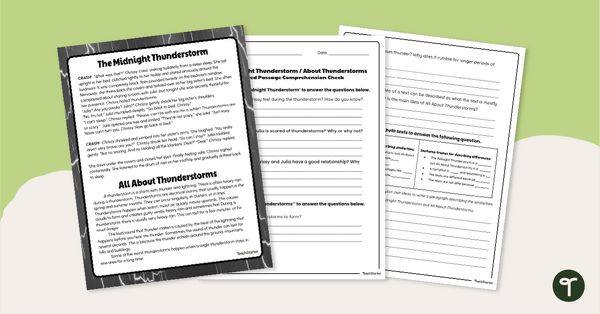
Use paired passages to help your student practise applying reading comprehension strategies.
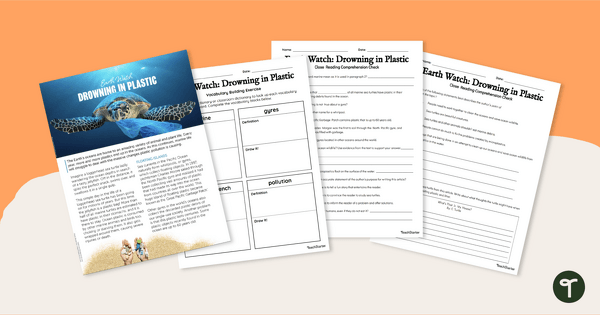
Teach your students facts about ocean pollution with this comprehensive article with accompanying comprehension activities.
0 Comments
Write a review to help other teachers and parents like yourself. If you'd like to request a change to this resource, or report an error, select the corresponding tab above.